Brick stairs, with their enduring strength and timeless aesthetic appeal, can add character and functionality to any home or property. However, over time, these sturdy structures may begin to show signs of wear and tear due to weather, heavy foot traffic, or other factors.
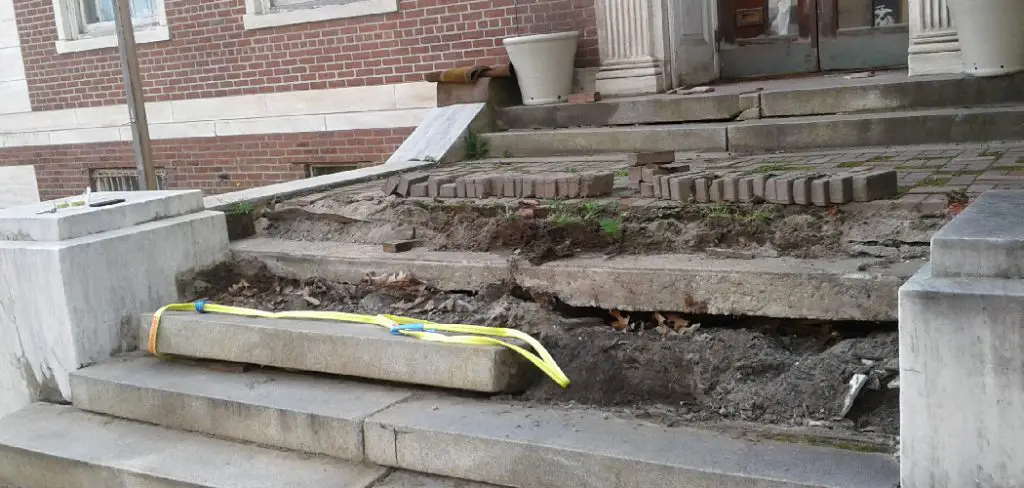
The good news is that repairing brick stairs is a feasible and rewarding DIY project that can breathe new life into your entryway or outdoor space. In this article, we will guide you through how to repair brick stairs, offering practical tips and techniques to address common issues such as cracked bricks, loose mortar, or uneven steps.
From assessing the extent of the damage to selecting the right materials and tools, we will equip you with the knowledge and confidence needed to undertake these repairs efficiently. So, whether you’re a seasoned DIY enthusiast or a novice, join us on this journey to discover how to revitalize your brick stairs and ensure they stand strong and beautiful for years to come.
Importance of Maintaining Safe and Functional Brick Stairs
Brick stairs are a popular choice for many homeowners due to their durability, aesthetic appeal, and low maintenance requirements. However, like any other structure in your home, brick stairs also require regular upkeep and repair to ensure they remain safe and functional.
As the main entryway to your house or outdoor space, brick stairs experience constant foot traffic and exposure to various weather elements.
Over time, this can cause wear and tear, leading to structural damage or safety hazards. To avoid costly repairs or accidents, it is essential to properly maintain your brick stairs.
In this document, we will discuss the importance of maintaining safe and functional brick stairs and provide tips on how to repair them when needed. We will cover common issues that may arise with brick stairs and the steps to take to address them. By the end, you will have a better understanding of why proper maintenance is crucial for your brick stairs’ longevity and safety.
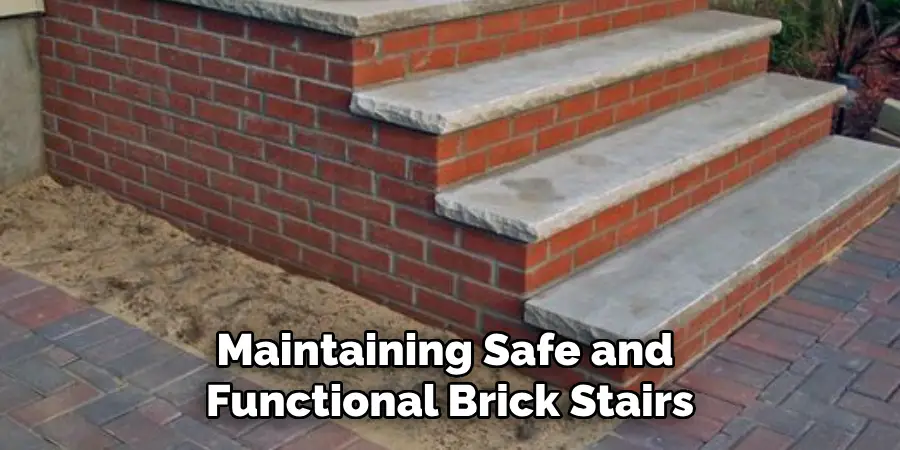
10 Methods How to Repair Brick Stairs
1. Patching Cracks
One of the most common methods for repairing brick stairs is to patch any cracks that may have developed over time. This can be done by using a masonry patching compound, which is designed to fill in and seal cracks in brick surfaces. The patching compound should be applied over the entire length of the crack and then smoothed out with a trowel. After the patch has dried, it can be painted to match the existing color of the bricks.
2. Replacing Bricks
If a brick has become severely damaged or cracked, it may need to be replaced entirely. This process involves carefully chiseling away at the old brick until it can be removed from its place in the stairs. Once this is done, a new brick can be placed into position and secured with mortar.
3. Re-Pointing Mortar Joints
Re-pointing mortar joints is another method used for repairing brick stairs. This involves removing any loose or crumbling mortar between bricks and replacing it with new mortar that matches the color of the existing material. The new mortar should be allowed to dry completely before any additional work is done on the stairs.
4. Cleaning Stains
Stains on brick stairs can often be removed by scrubbing them with a stiff brush and a warm, soapy water solution. If this does not work, there are also many commercial cleaning products available that are specifically designed for use on masonry surfaces, such as brick stairs.
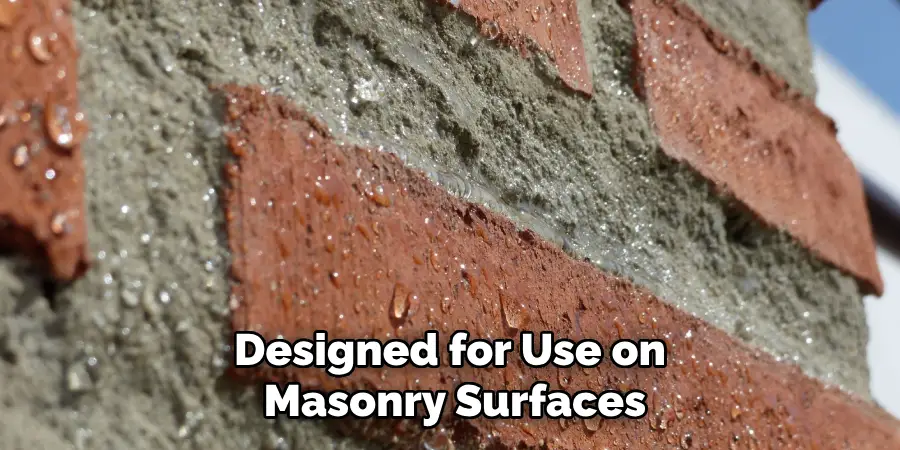
5. Applying Sealant
Sealants can also be applied to brick stairs in order to protect them from moisture damage and staining caused by dirt and debris buildup over time. There are many types of sealants available for use on masonry surfaces, so it is important to choose one that is specifically designed for use on bricks in order to ensure optimal protection from damage caused by weather or other environmental factors such as humidity or extreme temperatures.
6. Sandblasting
Sandblasting is another method used for cleaning and restoring worn or damaged areas of brick stairs that cannot otherwise be repaired using more traditional methods such as patching or re-pointing mortar joints. Sandblasting involves using an abrasive material such as sand at high pressure in order to remove dirt, grime, paint, rust, or other surface materials from masonry surfaces such as bricks without damaging them further in the process.

7. Waterproofing
Waterproofing your brick stairs can help protect them from moisture damage caused by rain or snowfall over time. There are many different types of waterproofing products available for use on masonry surfaces, so it is important to choose one that is specifically designed for use on bricks in order to ensure optimal protection from moisture damage.
8. Replacing Broken Steps
If a step has become severely cracked or broken, it may need to be replaced entirely. This process involves carefully chiseling away at the old step until it can be removed from its place in the stairway, then replacing it with a new step made out of concrete or other durable material.
9. Applying Paint
Painting your brick stairs can help restore their original appearance if they have become faded due to sun exposure over time. It is important to choose paint that is specifically designed for use on masonry surfaces, as regular paints may not adhere properly and could cause further damage if applied incorrectly.
Additionally, multiple coats may need to be applied depending on how much coverage you desire.
10. Sealing Gaps
Gaps between steps should also be sealed with caulk or other appropriate sealant materials in order to prevent water from seeping through these areas and causing further damage over time. It is important to make sure that all gaps between steps are properly filled before applying any sealant materials, otherwise, they will not provide adequate protection against moisture damage.
Things to Consider When Repairing Brick Stairs
Brick stairs are a popular choice for many homeowners due to their durability and classic appearance. However, like any other outdoor structure, brick stairs can be prone to wear and tear over time.
Cracks, loose bricks, and uneven surfaces are common issues that may arise with brick stairs. In this guide, we will discuss the steps involved in repairing brick stairs and some essential considerations to keep in mind before starting the repair process.
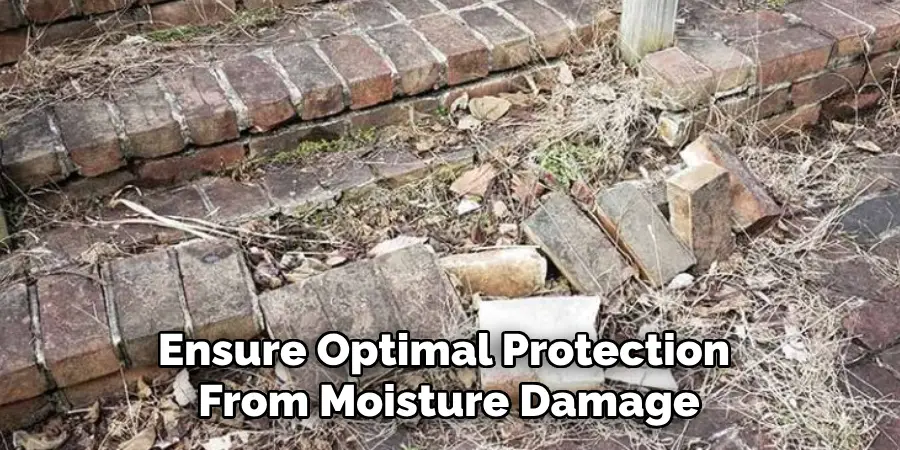
Assess the Damage
The first step in repairing brick stairs is to assess the extent of damage. Take a close look at your stairs and identify any visible cracks, loose or broken bricks, or uneven surfaces. It is also important to check for any underlying issues, such as water damage or foundation problems, that may have caused the damage to your brick stairs. If you notice any major structural issues, it is best to consult a professional before attempting to repair the stairs on your own.
Gather Materials
Before starting the repair process, gather all the necessary materials and tools. This may include replacement bricks, mortar mix, trowel, hammer, chisel, and safety gear such as gloves and goggles. It is essential to use high-quality materials for a long-lasting repair.
Prepare the Area
To ensure safety and efficiency, it is important to prepare the area before starting the repair. Remove any debris or loose bricks from the stairs and clean the surface thoroughly. You may also need to use a hammer and chisel to remove any damaged mortar between the bricks.
This will help create a clean and stable surface for the repair.
Repair Loose or Broken Bricks
If you have loose or broken bricks, carefully remove them using a hammer and chisel. Clean the area where the brick was removed and apply a layer of mortar using a trowel. Place the new brick in the space and use more mortar to fill any gaps around the edges. Use a level to ensure that the brick is aligned with the rest of the stairs.
Fill Cracks
If your brick stairs have cracks, use a trowel to fill them with mortar. Make sure to press down firmly and remove any excess mortar on the surface. For larger cracks, you may need to use a wire brush to clean out debris before filling them with mortar.
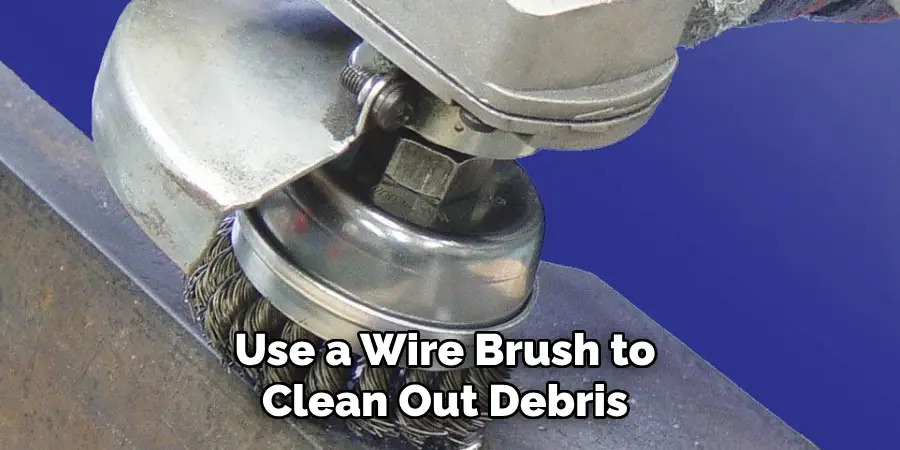
Common Mistakes to Avoid When Repairing Brick Stairs
When it comes to repairing brick stairs, there are a few common mistakes that people tend to make. These mistakes can lead to further damage and potentially costly repairs down the line. In order to ensure your brick stairs are properly repaired and maintain their integrity, it’s important to avoid these common mistakes.
Using the Wrong Type of Mortar
One of the most common mistakes made when repairing brick stairs is using the wrong type of mortar. It’s important to use a mortar that is specifically designed for brickwork, as not all mortars are created equal. Using the wrong type can result in weaker bonds and potentially cause further damage.
Before beginning any repairs, make sure you have researched and chosen the correct type of mortar for your specific type of brick stairs. This will ensure a stronger bond and better overall repair.
Not Preparing the Surface Properly
Another common mistake is not properly preparing the surface before beginning repairs. This can involve removing any loose or damaged bricks, cleaning the area thoroughly, and ensuring that the surface is level and free of debris.
Failing to prepare the surface can result in a weaker repair and may cause further damage to the structure over time. Take the time to properly prepare the area before beginning any repairs for long-lasting results.
Ignoring Structural Issues
Sometimes, brick stairs may have underlying structural issues that need to be addressed before any repairs can be made. This could include cracks in the foundation or missing support beams.
Ignoring these issues and simply patching up the visible damage can lead to bigger problems down the line. It’s important to address any structural issues first before moving on to cosmetic repairs.
Neglecting Regular Maintenance
One of the best ways to avoid major repairs in the future is to regularly maintain your brick stairs. This includes inspecting them for any potential issues, keeping them clean, and addressing any small repairs promptly.
Neglecting regular maintenance can result in minor issues turning into larger, more costly repairs. By taking the time to maintain your brick stairs, you can extend their lifespan and prevent major damage from occurring.
Conclusion
With the right guidance and tools, tackling repair work on brick stairs should not be intimidating. Whether a professional contractor is hired or the homeowner bravely decides to attempt a DIY project, investing some time and effort into your brick stairs can restore them to their original condition, and improved strength.
Furthermore, learning the basics of how to repair brick stairs helps establish an understanding of the quality materials needed for exceptional masonry work.
Stair repairs should not be taken lightly; detailed assessments will help reveal hidden defects in order to prevent future damage and assure safety for anyone who uses the stairs. In conclusion, it’s important to keep in mind that your final product should not only represent soundness in engineering and stability but also reflect your vision of beauty at its best.
